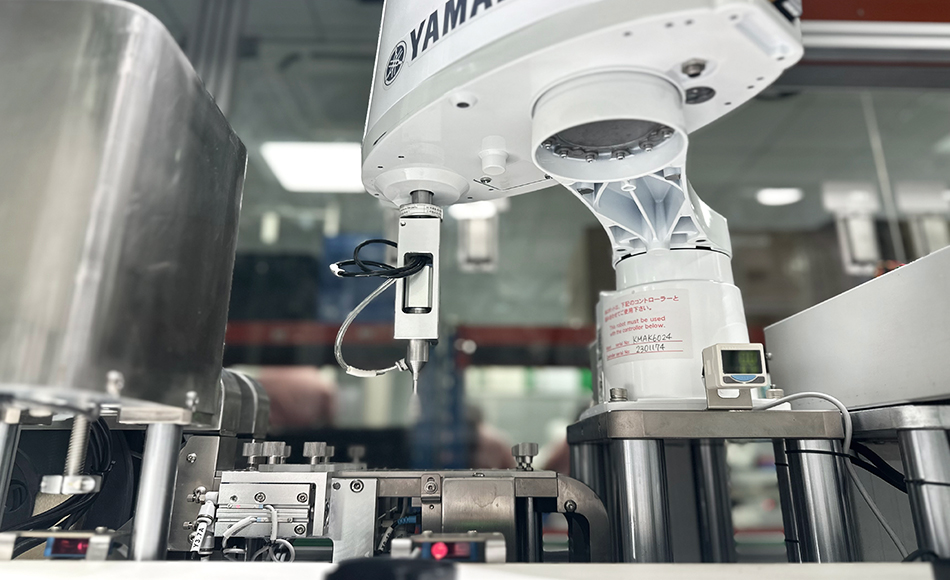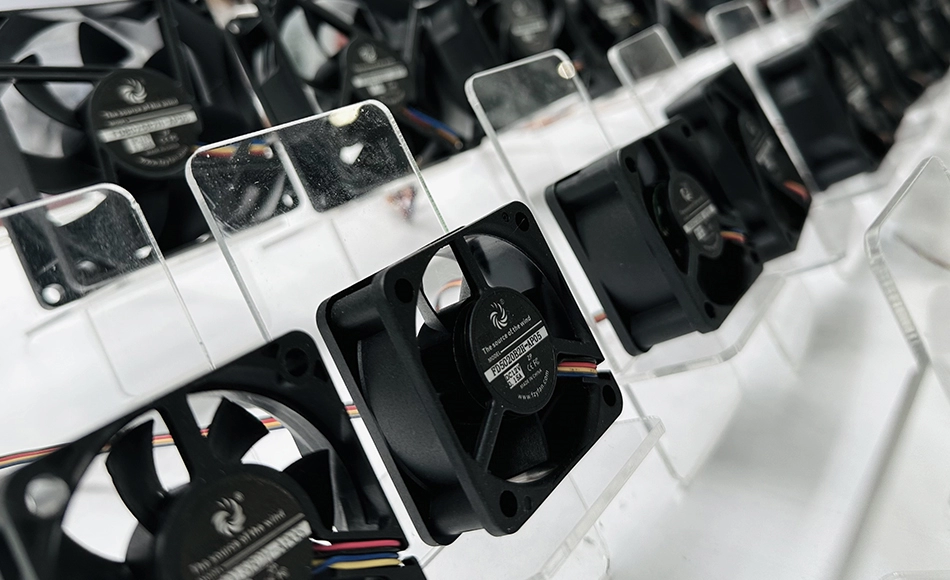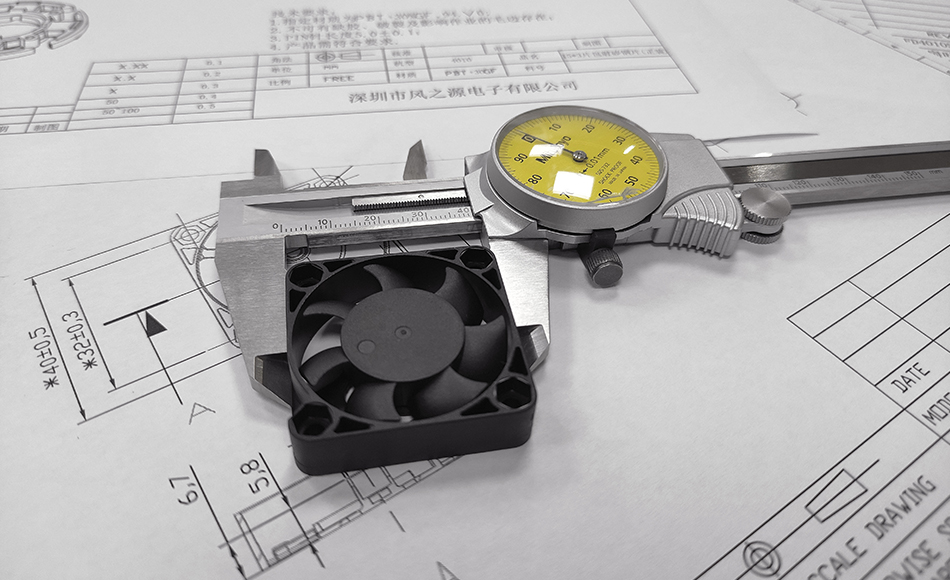Reasons for Noise from Cooling Fans (Part 1)
 Feng Zhi Yuan
Feng Zhi Yuan
 Sep 17,2025
Sep 17,2025

The core reasons for noise generated by cooling fans are usually related to physical wear, foreign object interference, improper installation, or component aging. Different types of noise (such as "buzzing", "scratching", and "screeching") in different scenarios correspond to different fault points, which can be resolved through targeted troubleshooting and operations.
Core reason classification (associated by noise type)
1. Dust/foreign matter accumulation (the most common, often accompanied by "buzzing sound + reduced speed")
When a fan is used for a long time, dust, hair, fibers, and other foreign objects will accumulate in the air inlet, blades, and bearing gaps, leading to:
Uneven blade weight can cause "eccentric vibration" during rotation, producing a low-frequency buzzing sound;
Dust clogs the bearing lubricating grease, increasing frictional resistance and intensifying noise;
Foreign objects (such as lint or debris) stuck between the blade and the frame produce a "scratching sound" when rotating.
2. Bearing aging/damage (high-frequency noise or "stuttering sound")
Fan bearings are core rotating components, which are divided into "oil-retaining bearings" and "ball bearings". They exhibit different behaviors after aging:
Oil-retaining bearing: After long-term use, the oil evaporates and dries up, causing metal friction inside the bearing to directly produce a "sharp squeaking sound" or "clunking sound", and the rotational speed significantly decreases;
Ball bearing: If the ball wears out or the cage breaks, an "irregular clattering sound" will occur during rotation. In severe cases, the fan may become stuck and unable to rotate.







 Home
Home
 Reasons for Noise from Cooling Fans (Part 2)
Reasons for Noise from Cooling Fans (Part 2) 












